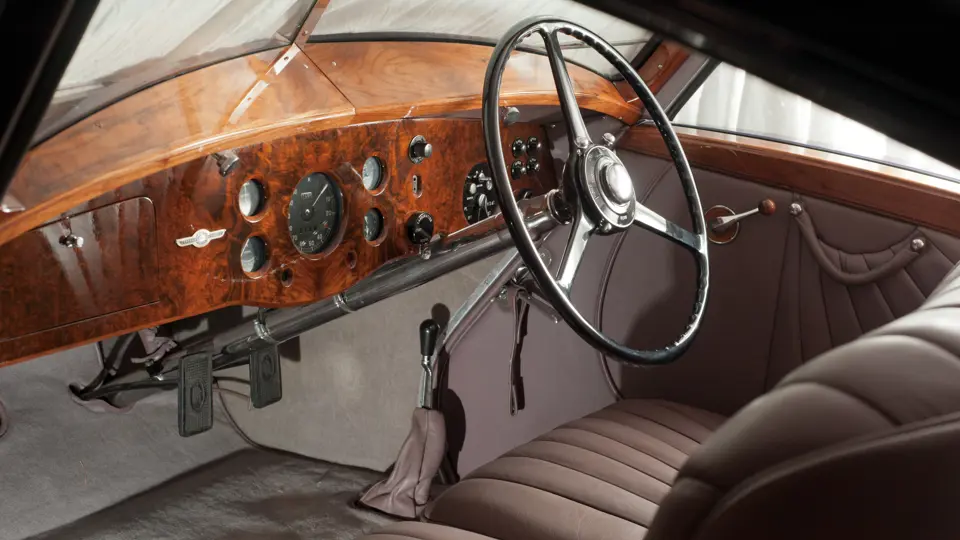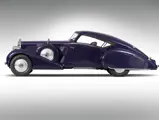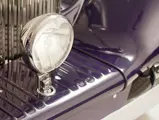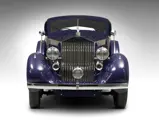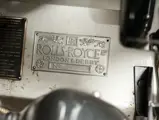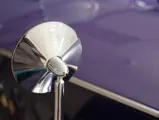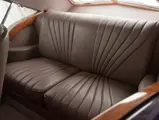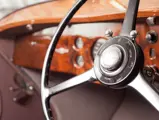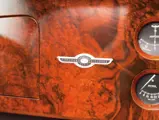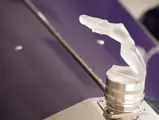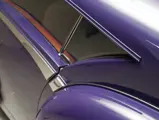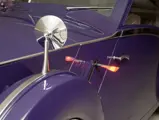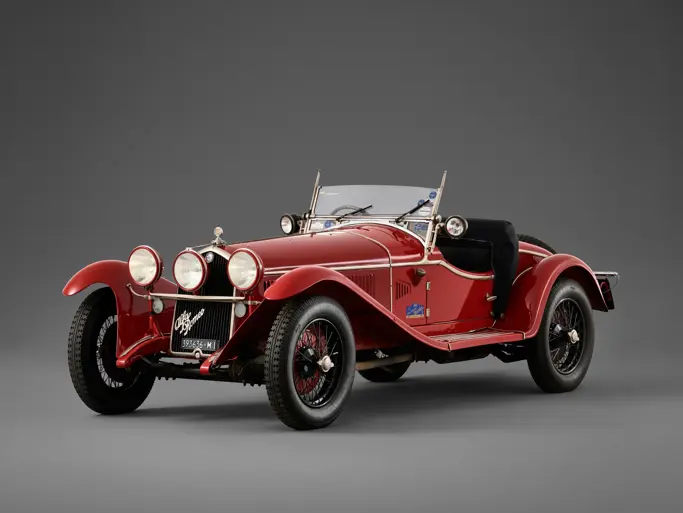Est. 165 bhp, 7,340 cc V-12 cylinder engine, four-speed synchromesh manual gearbox, independent front suspension and semi-elliptic rear springs, centralized chassis lubrication system, automatic shock absorbers with over-riding hand controls, and servo-operated brakes. Wheelbase: 140"
• One-off Aero Coupe with custom coachwork by Classic Auto Rebuilding Service
• First Place for New American Coachwork at Pebble Beach Concours d’Elegance
• Classic Car Club of America judged 100 points
• Marchal headlights and tail-lamps, trafficators, wiper arms, and blades
• Lalique “Chrysis” kneeling nude mascot, signed “R. Lalique France”
The new Rolls-Royce Phantom III was announced late in 1935; the 40–50 hp, 12-cylinder vee Double-Six would be the only twelve-cylinder car built by the firm. The new engine was more compact than the previous model, the straight-six Phantom II, which made it possible to reduce the wheelbase by eight inches and allowed more room for the bespoke interior. Inspired by Rolls-Royce’s extensive experience building aero engines, the new V-12 replaced the Phantom II motor, and the end result was designed to compete with other twelves of the 1930s, namely Cadillac, Packard, and Hispano-Suiza.
At 7,340 cc, the new engine was 328 cc smaller than the Phantom II, but its output was greater. Cylinder blocks were angled at 60 degrees and were of the skeleton type, with wet liners. The cylinder heads were aluminum. Marine-type connecting rods were paired and each shared a common crank pin of the six-throw shaft, which ran in seven main bearings. Hydraulic lifters and a triple-pressure oiling system lubricated and helped cool the powerful engine. The innovative new design featured two spark plugs per cylinder, two ignition coils, two distributors, and one English Zenith two-barrel carburetor. The Phantom III chassis was immensely strong, literally overbuilt, which provided a platform that could easily support mammoth-size car bodies. The forward position of the engine mounts inspired many innovative, new coachbuilding designs.
The powerful, efficient engine and sophisticated suspension provided comfortable and reliable high speed long-distance motoring, even over less-than-ideal road surfaces. Despite its great size and weight, almost three tons, the P-III was a surprisingly brisk performer. The October 1936 publication of The Autocar recorded its timed results on the new model, verifying the car reached 91.94 mph in the quarter mile, with a top speed of 96 mph. After producing 710 Phantom III cars, production ceased in 1939, as Rolls-Royce and so many other manufacturers suspended motor car production and re-tooled to support the war effort during World War II.
When the original Rippon Brothers limousine body on this Rolls-Royce Phantom III was deemed non-salvageable, the owners called upon Classic Auto Rebuilding Service in Cameron, Wisconsin to create an Art Deco-inspired replacement coupe. The car the company built is based on a rendering by J. Jortovic, published in Road and Track magazine in 1935. Of the original body, only the Rolls-Royce radiator shell could be retained.
The result is a visual delight of compound and complex French curves. Front and rear fenders and door frames mimic the slanting “fast back” roof line, with dovetailing at the rear bumper. The Art Deco-era paint color of “Night Violet” is complemented by waist-height, body-side polished, stainless steel spears. Rare and desirable Marchal headlights and tail-lamps, trafficators, wiper arms, and blades, all made in France, set off the overall design. Dual side-mount spares and understated blackwall tires dressed with polished Ace deluxe wheel discs complete the sleek design cues.
The lush, Art-Deco, sunburst-pattern, leather interior generously accommodates four adults. The finest Scottish leather has been fitted over 100% European goose-down cushions, and custom English wool carpets offer the ultimate in luxurious motoring. Interior door sills and window frames are trimmed in black walnut. Black walnut burlwood “booked” veneers have been applied across the instrument panel, offering a visual delight of mirror-image veneers from the center fascia, wrapping out to both sides of the interior.
Perhaps the jewel in the Aero Coupe’s crown is its rare, opalescent, glass mascot. In place of the standard Rolls-Royce “Flying Lady,” a valuable and authentic, original Lalique figure, the “Chrysis Kneeling Nude,” signed “R. Lalique France,” adorns the distinctive Rolls-Royce radiator. Perhaps not as luxurious but certainly as rare and desirable for the serious collector, the car is complete with a splendid, fitted hand-tool tray, road- and wheel-disc tools, and original owner’s handbook.
It’s critical to bear in mind that Rolls-Royce built only the chassis and engine of their cars until after World War II. Until then, the Works provided the rolling chassis, which then was assigned to a selected custom coachbuilder who would build a body to the owners’ specifications. A period-correct replacement body like this example, built to the highest standard, will be welcomed and accepted into all of the most prestigious car clubs and major concours events.
First-time drivers of this magnificent car are usually surprised to discover its light steering, as well as its quick acceleration. Gear changes are tidily made with synchromesh in second, third, and fourth gears, or as often described, they change “...like a hot knife through butter.” The change lever was relocated in the Phantom III to a much more convenient place for the driver, closer to the right side of the driver’s seat than the Phantom II. Not only is this placement more ergonomic, but it reduces the possibility of snagged pant cuffs or skirt hems when entering and exiting the right-hand drive seating position. The fortunate new owner of this car is guaranteed to be the leader of a one-car parade whenever he or she is behind the wheel. Regardless of where it makes an appearance, this sensational Rolls-Royce always draws a crowd.




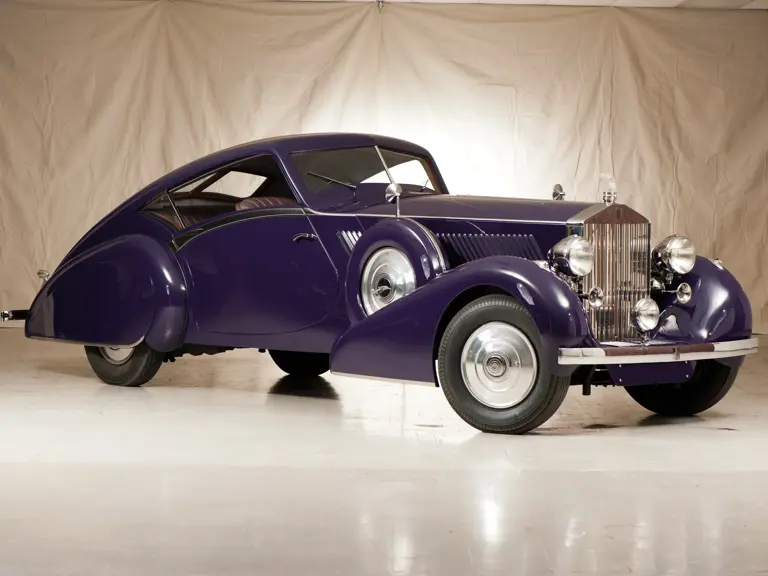
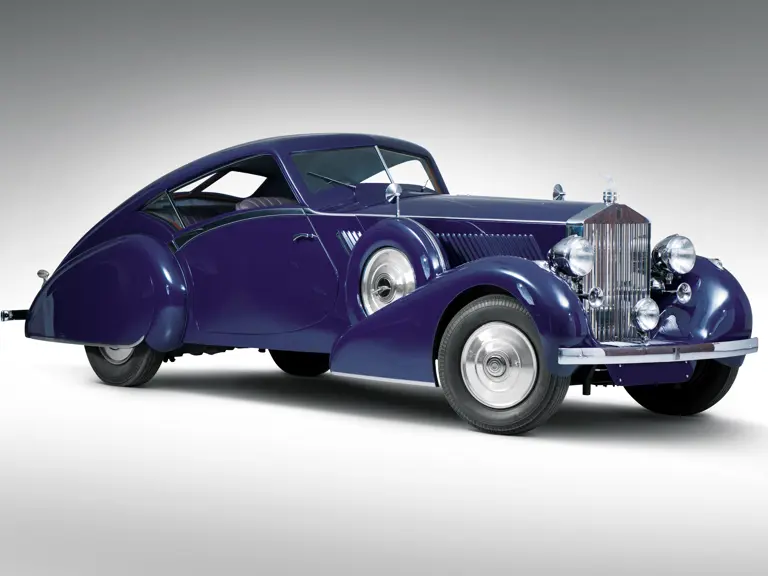
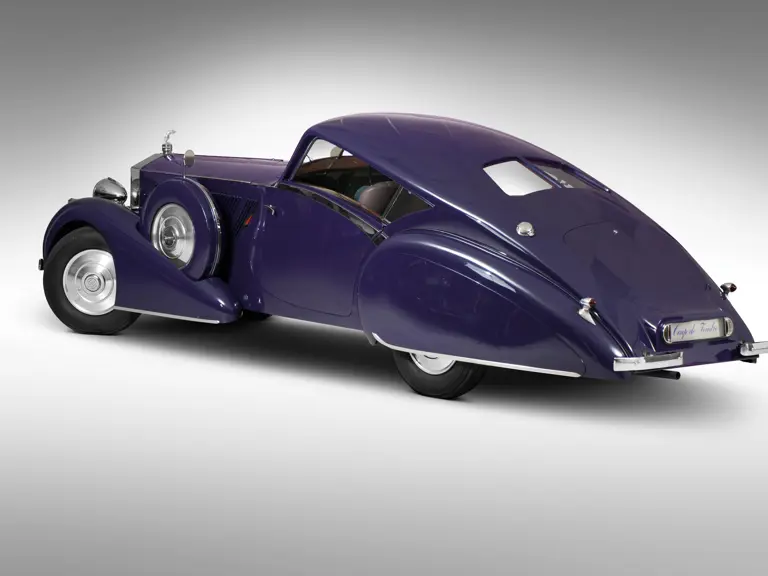
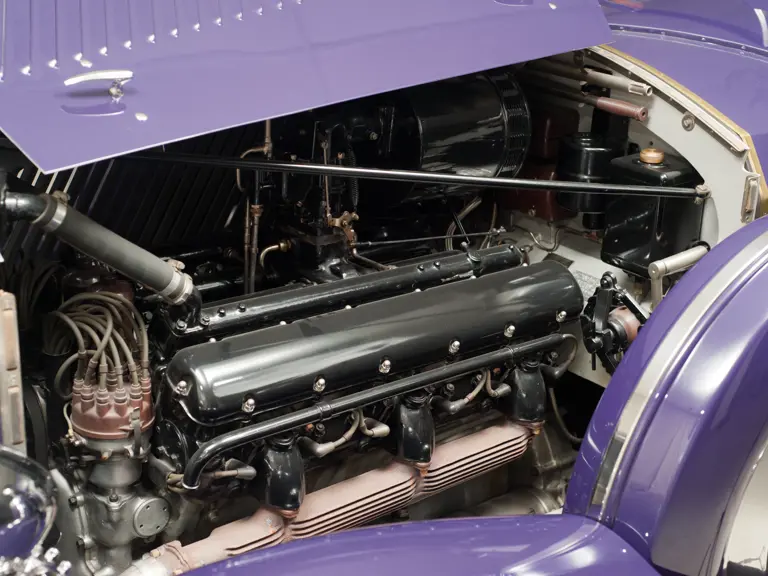
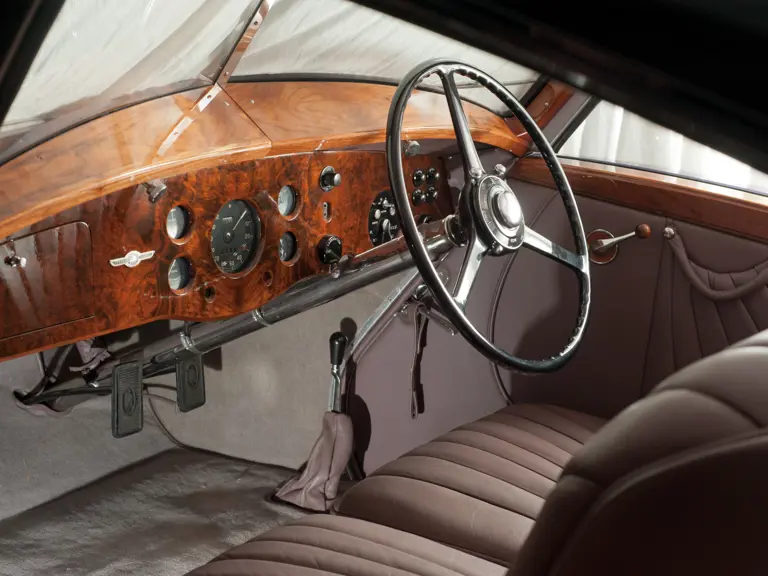




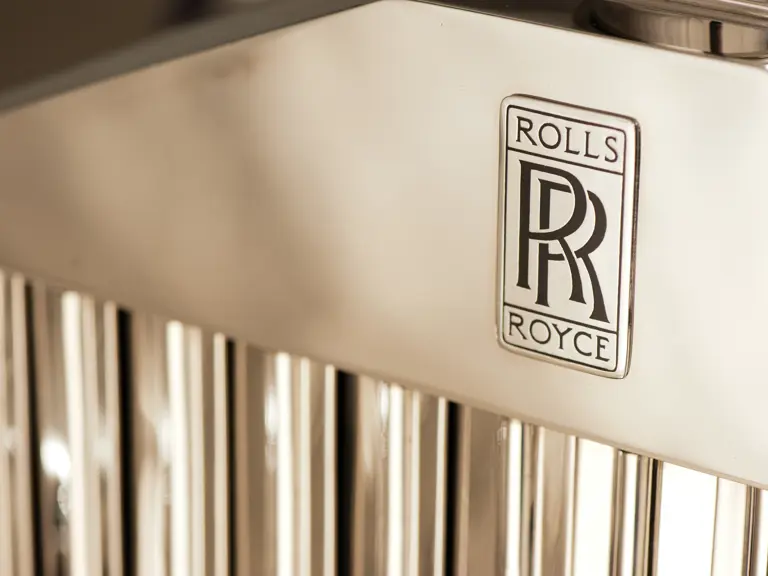
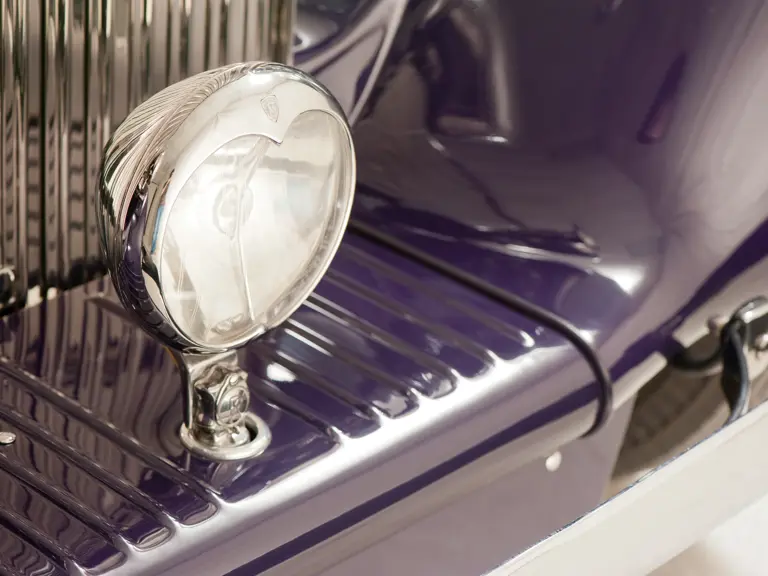
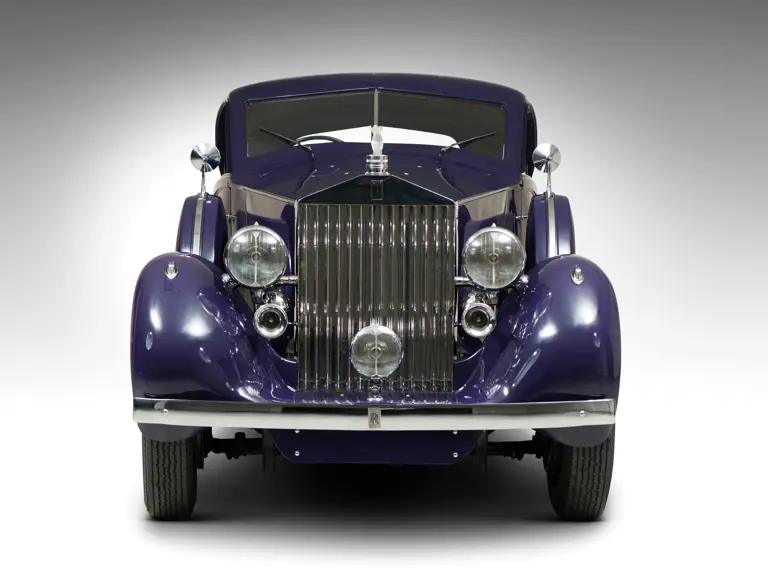
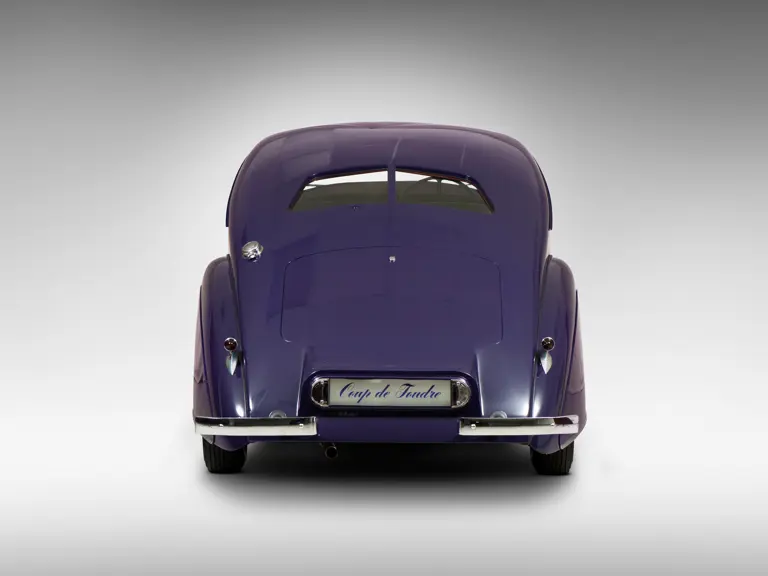
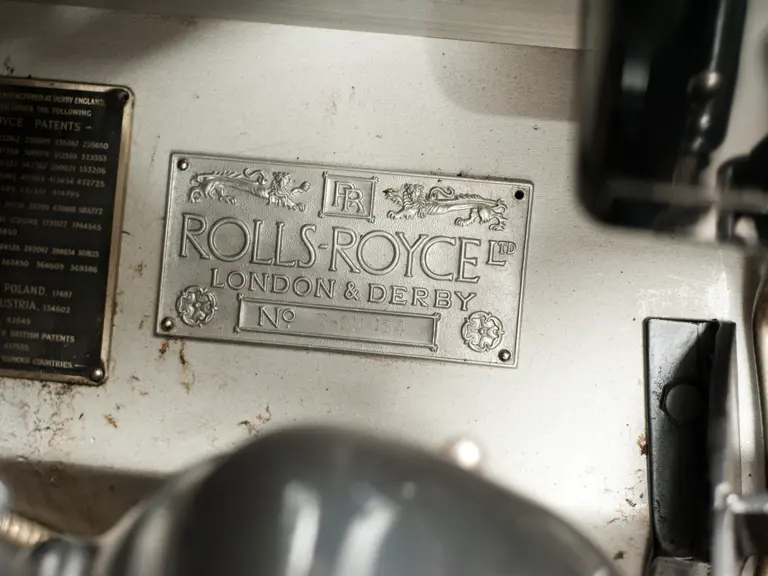

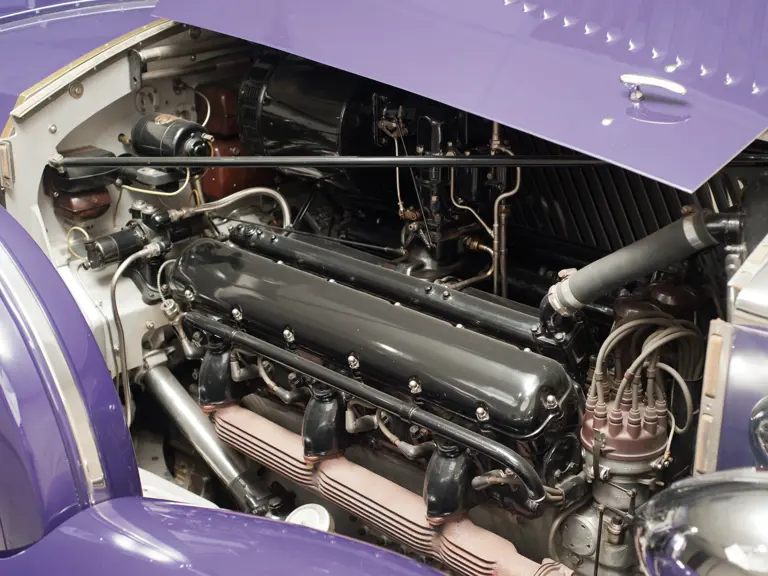
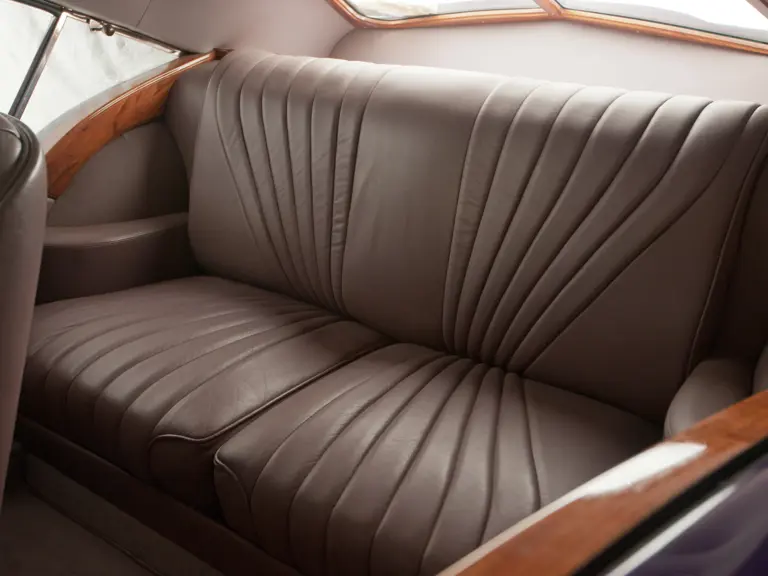

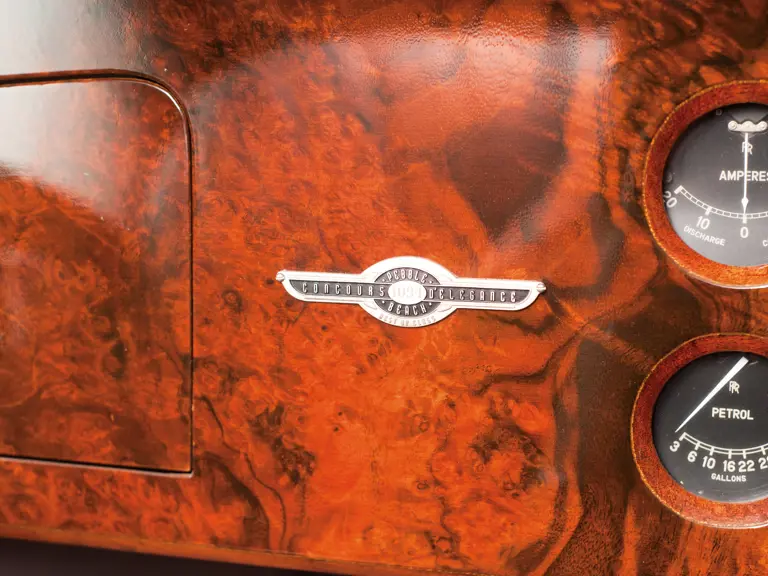

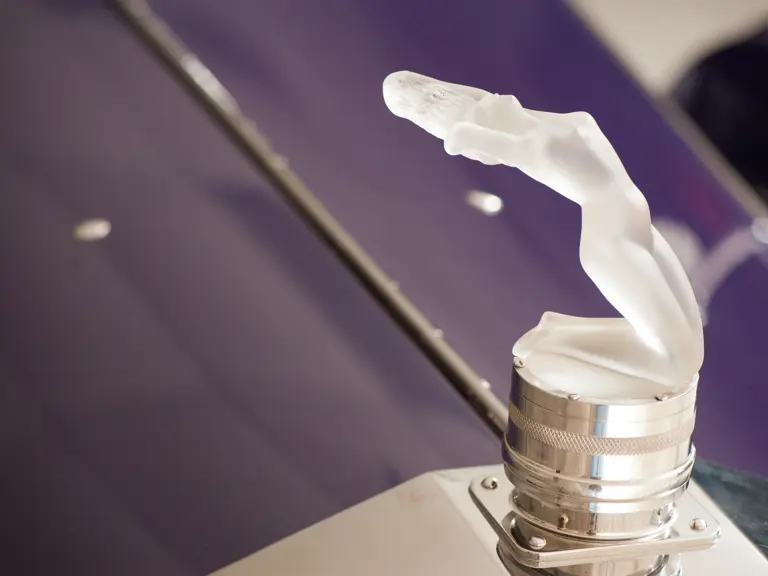

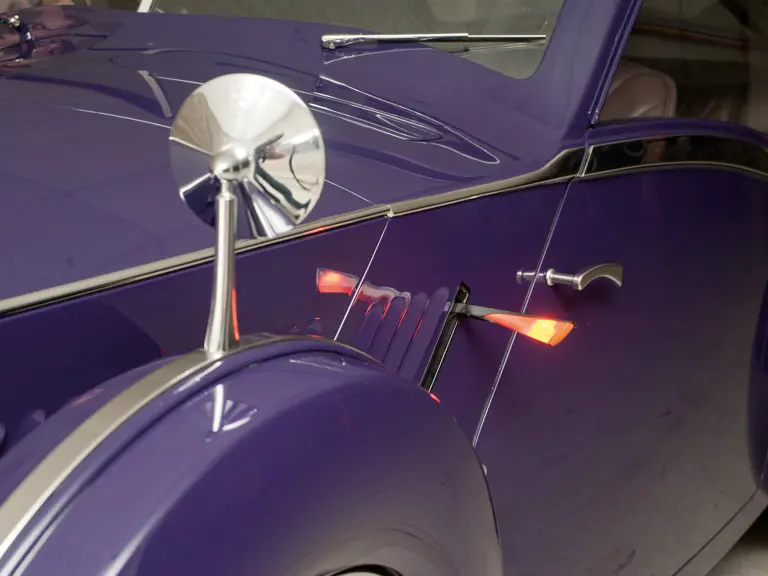
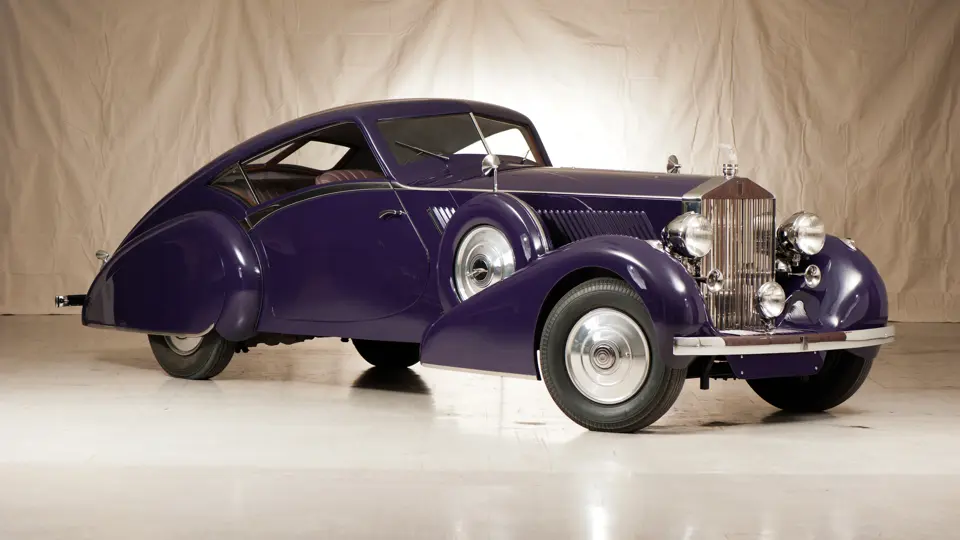
 | Monterey, California
| Monterey, California
